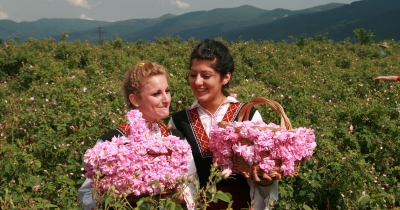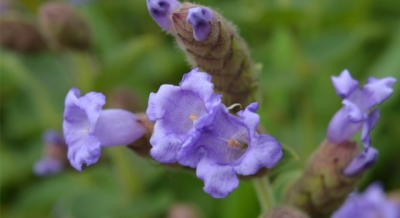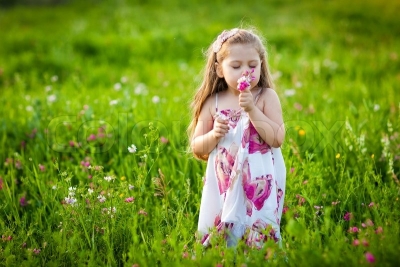
If you were to dive deep into the ocean and reach the rocky floor below, chances are that you might see an incredibly colourful bed of flower-like creatures called sea anemones. Named after the anemone flower found on land, sea anemones are invertebrates (they do not have a backbone) with soft cylindrical bodies and colourful tentacles on the top that resemble petals.
Most of the time, sea anemones stay attached to rocks or coral, and prey on small fish and crustaceans that swim close to them. However, they are known to occasionally move from their position. But their movement is very slow – about 9.91 millimetres in an hour! To move, a sea anemone uses its pedal disc (or base) to slowly shift along on a rock or coral. It is also able to swim and float.
The sea anemone’s tentacles act like its hands. They help it to capture prey and also serve as a defence mechanism. Every tentacle has tiny stinging capsules called nematocysts which shoot out a tiny amount of stinging poison capable of paralysing or killing small animals. The paralysed prey is then moved with the help of its tentacles to its mouth and swallowed whole!
Sea anemones are found throughout the world’s oceans, but the most abundant populations are found in shallow, tropical waters. They are threatened by climate change, habitat destruction, disease, pollution, predation and of late, collection and trade. If left undisturbed they can live up to 60-80 years. The oldest sea anemone on record is 100-years-old.
Picture Credit : Google





